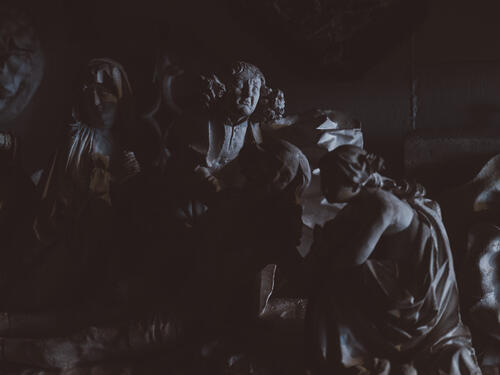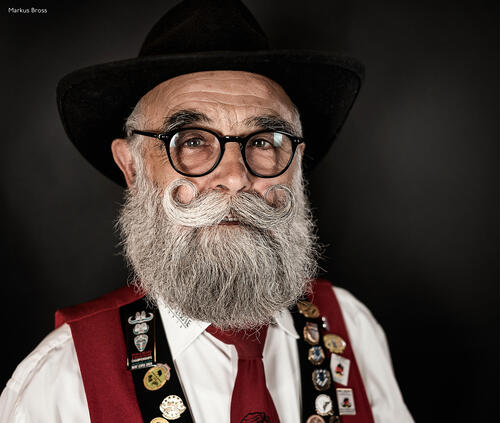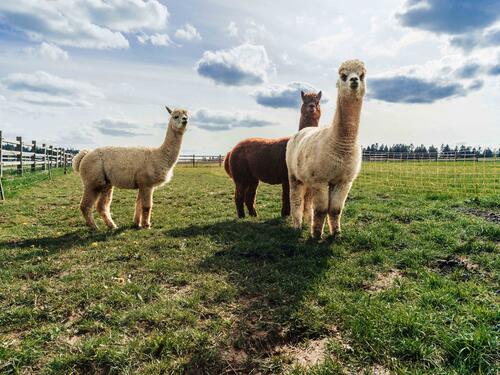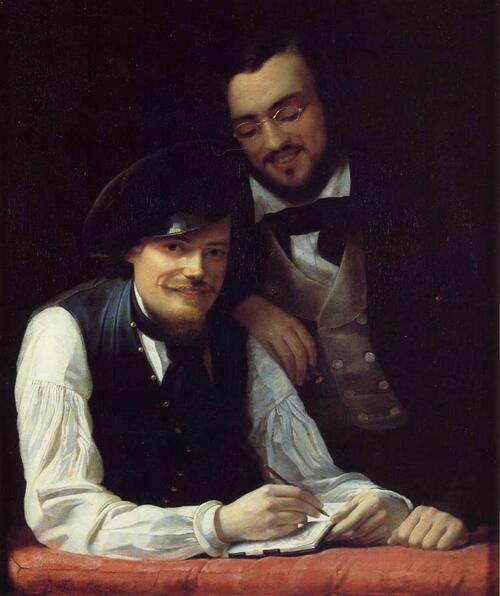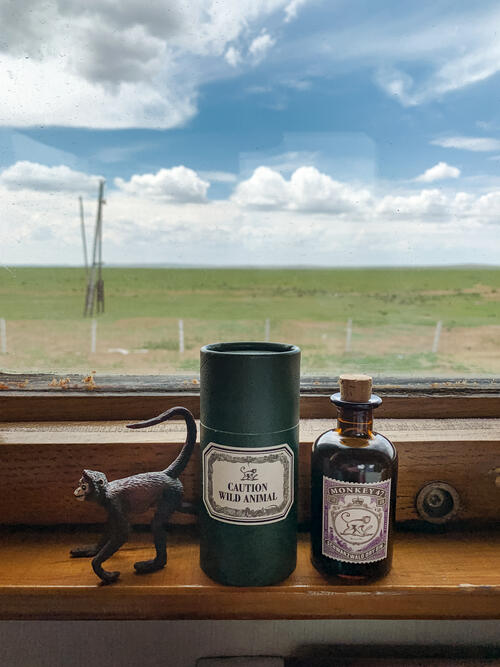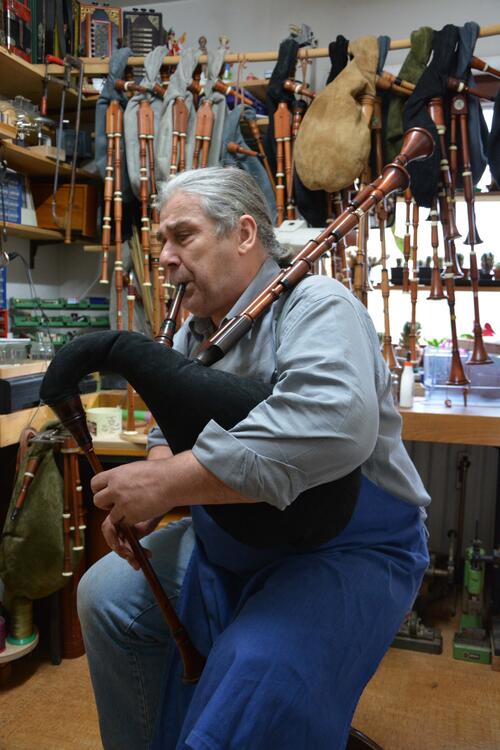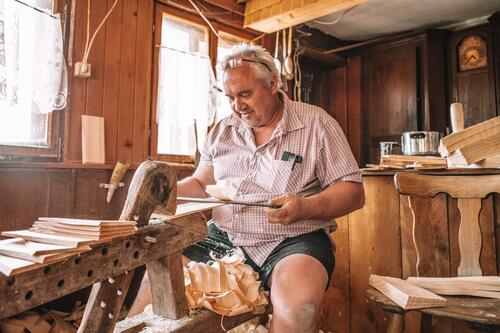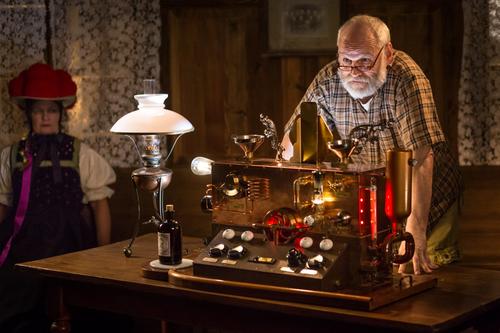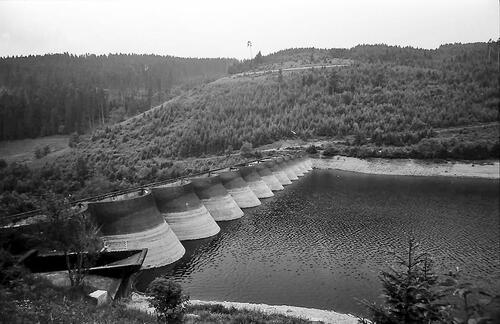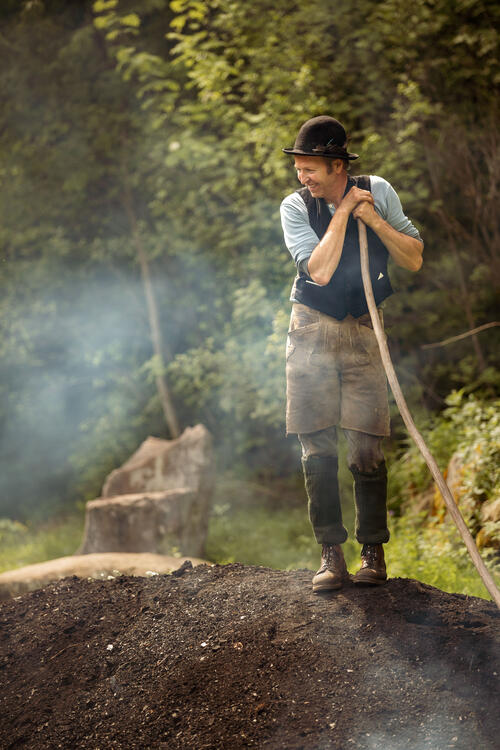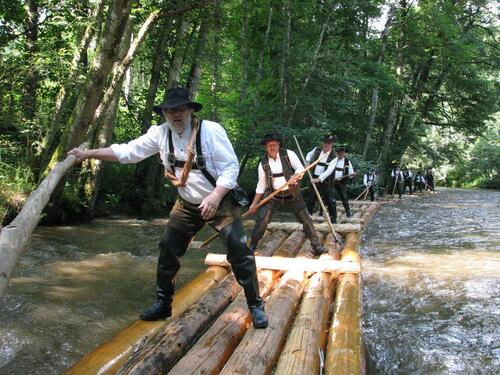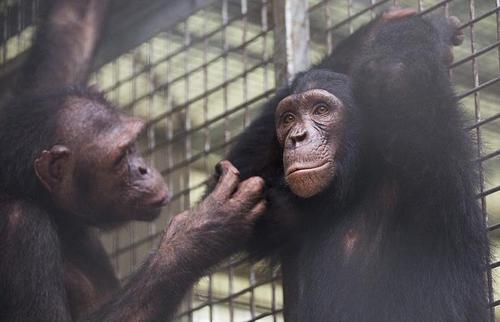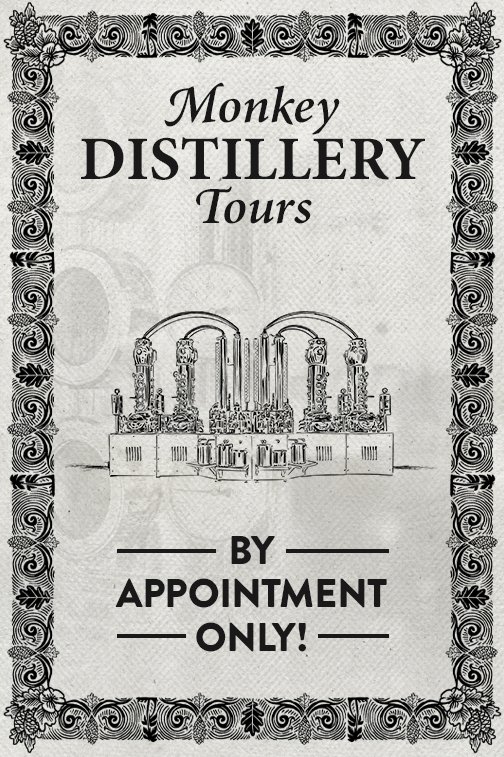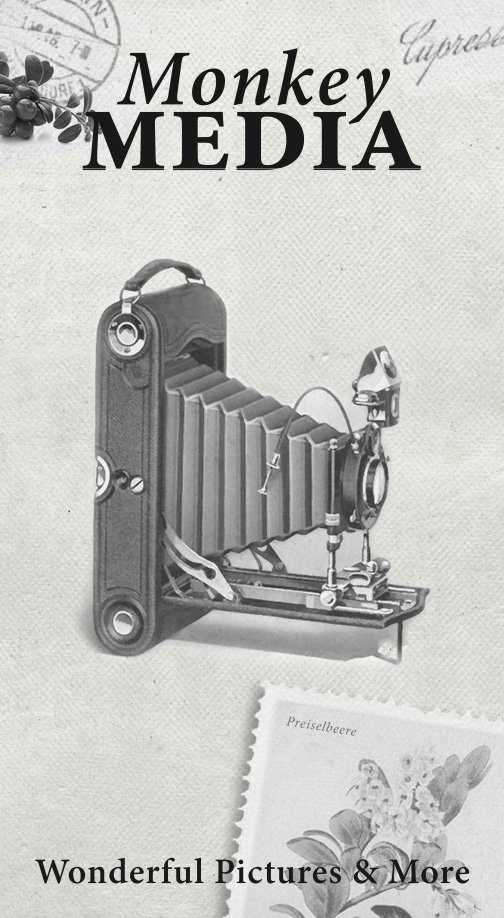The Hornkappe
Like a big, black butterfly
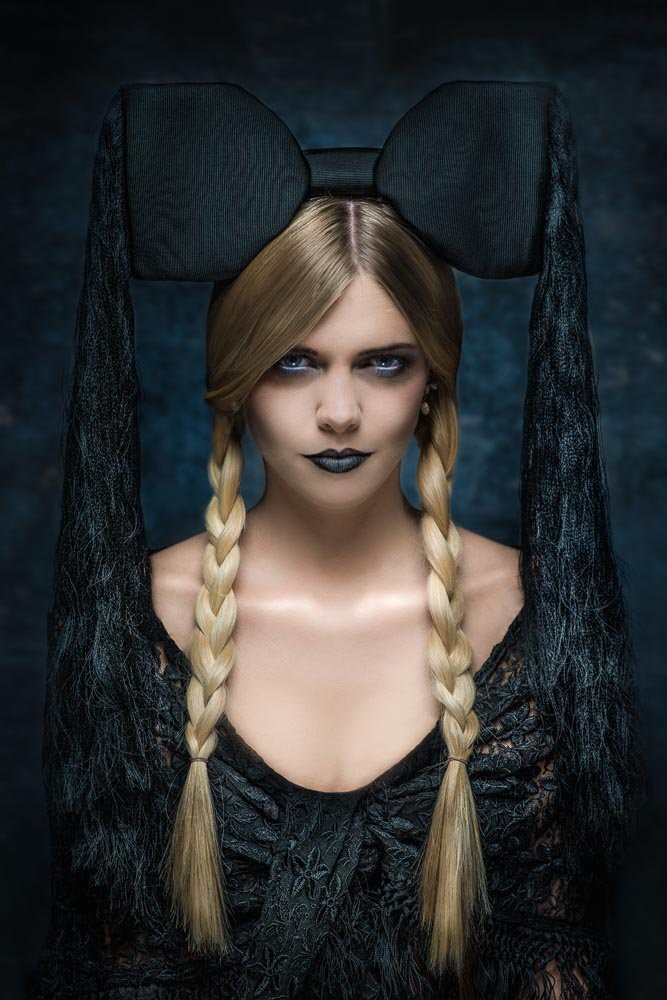
As most traditions do, the Hornkappe constantly evolved over the centuries before its most recent form came to be defined by its strikingly large black bow and long fringe around the year 1890. It takes quite a few metres of silk to create such a bow, which was worn by the local rural population on Sundays and holidays until approximately 1930. Above all, however, it symbolised weddings, confirmations, funerals, and other ceremonial affairs. Upon discovering the Hornkappe during his travels along the River Rhine, the French author Victor Hugo described it as “le grande papillon noir” – a big, black butterfly. This butterfly was celebrated with a great deal of pride for more than 150 years; in donning it for the first time, every girl announced her passage into womanhood. Along with the black Hornkappe, such attire included a large shawl – black for women, white for girls – and a black silk apron covered with a variety of embellishments.
Photo: Photographer Sebastian Wehrle from Freiamt and fashion designer Jochen Scherzinger from Gütenbach are the creators of the Fabulous Black Forest picture series, which showcases the Hornkappe in a truly unique manner.




